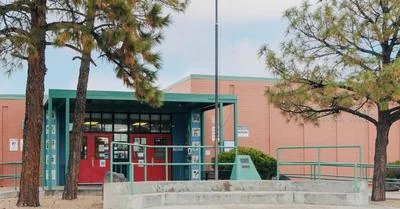Mankind is 100% reliant on energy. Given our need to respond to climate change, where should we get our energy in the future?
In the US, approximately 80% of our current energy use is from carbon sources. If this must be reduced, it needs to be replaced by other sources. There are a lot of sources that for various reasons have limited potential, from geothermal to hydro to biomass. Because nuclear is also not a favorite of environmentalists, they want to rely on wind and solar. Unfortunately, wind and solar, which currently make up about 5% of our energy production, are not close to being feasible as stand-alone energy sources on a grid scale.
In his book, “How to Avoid a Climate Disaster,” Bill Gates discusses the multiple drawbacks that will ultimately limit our ability to rely on wind and solar. The most significant issue is the curse of intermittency. This includes the difference between day and night, which limits the capacity factor for solar to 25% and up to 35% for wind. That means that if a city requires 1 GW of power over a 24 hour period, 1 GW of solar would only provide 25% of what is needed, with the other 75% having to come from “backup” generation sources. If you wanted to provide 100% of the energy from solar, then you would have to build 4 GW of capacity that would run 25% of the time, requiring batteries or some other storage system to store 75% of the energy to use when the generation is off line.
That’s the best case scenario on a sunny summer day. It gets worse, because intermittency also includes the daylight differences between summer and winter. Storage can’t currently solve that problem, only backup generation can.
In addition, there is intermittency related to extreme weather events lasting several days where wind and solar may not be available at all. Again, the only feasible solution would be backup generation.
The second drawback of wind and solar is the need for storage technology that does not currently exist. Of all the storage options available, lithium ion batteries are still the best. However, there is no existing grid scale battery storage on the planet that can do more than help cover a few hours of evening peak demand. Research is being done on alternative approaches to storage, but all have significant disadvantages and none are applicable on a broad basis. The reality is that the grid scale storage needed for a 100% wind and solar world is nowhere close to being feasible with current technology.
A third obstacle for reliance on wind and solar energy is the amount of surface land needed to capture it. According to Gates, replacing a natural gas generation facility with solar panels would take up to 500 times the surface land, and replacing it with wind would take up to 5,000 times more surface.
As Gates summarizes, “Wind and solar are not the answer to all of our energy needs. They are two of the answers to some of our energy needs.” They can theoretically supply 25 to 30% of our energy needs before grid stability becomes an issue, and even then, you better have 100% backup from other energy sources. At this point, wind and solar still rely on petroleum for their materials, construction, transportation, installation, and when the wind is blowing and the sun is shining, for the backup generation. While they are important, growing sources of supplemental energy, they are far from being reliable and independent.
George Sharpe has a masters in petroleum engineering from the Colorado School of Mines and has 40 years of experience in the industry. George is an advocate for ALL energy and has created numerous YouTube educational videos on various energy topics.









